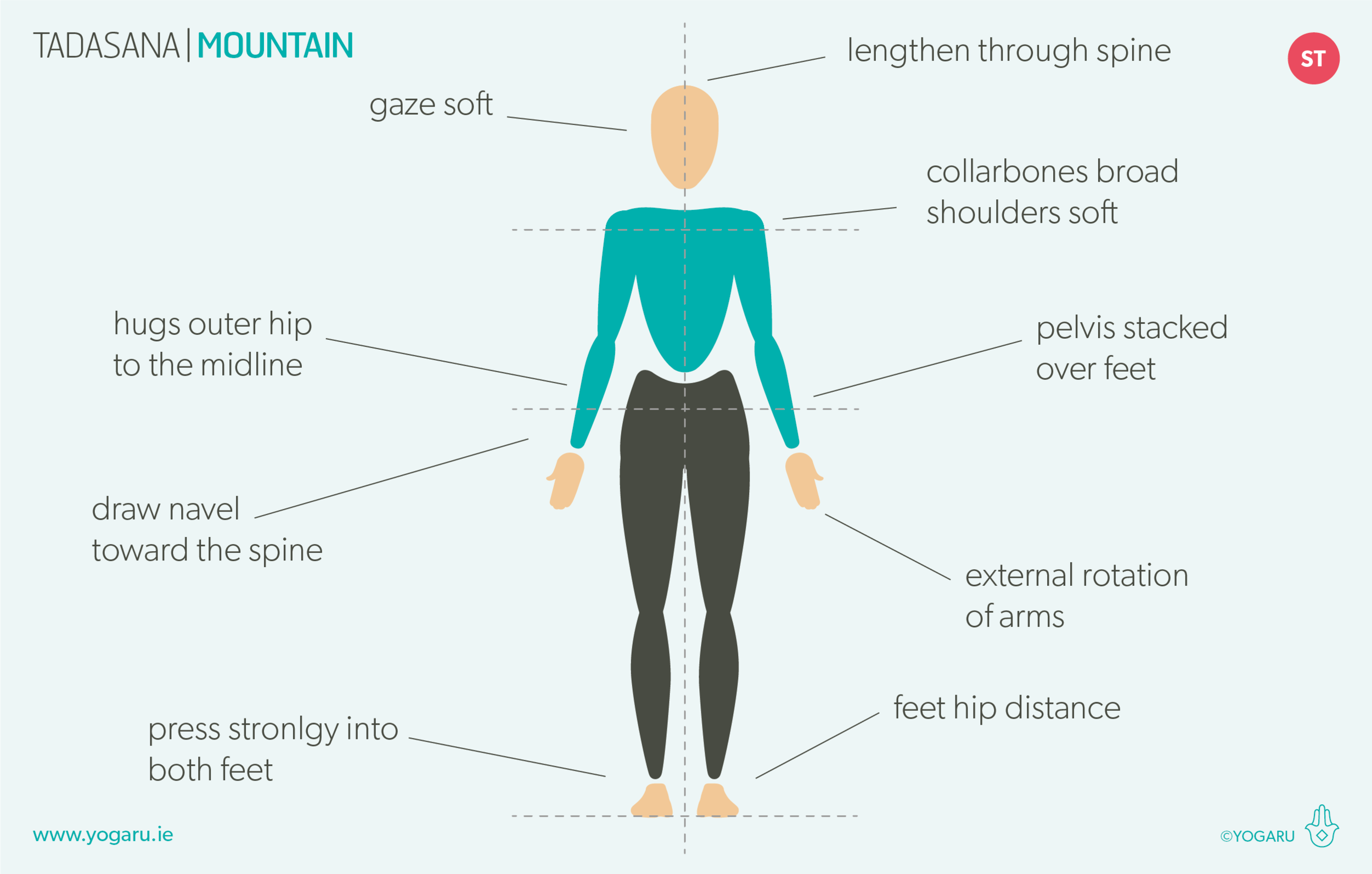WHAT IS YOUR FAVOURITE POSE?
A great way to start building a home practice is to work out what your favourite poses are. They can be poses that challenge you; poses that stretch tight areas; or poses that help you focus, travel inwards and drop into your practice. They don’t need to be big statement poses, they are the ones that when you transition into them they feel you have arrived to a safe familiar place. Favourite poses are a very personal preference and magnify how amazingly different we all are physically and mentally. You might find yourself struggling, with all effort and no ease, in a pose and the yogi beside you is completely in their happy place. Next time you practice, and in the next class you go to, notice your reaction to the poses and work out which are your ‘feel good’ poses. Scan through your body from your big toe to the tip of your crown and see how it sits with every part of you. If it’s in a class take note of the poses after class and try them out in your next home practice. You’ll always pick up new versions of the pose and lots of fresh alignment cues from classes too.
EXPLORE THE BASICS
The longer I am practicing yoga the more foundational and simpler my favourite poses become. So much so that Tadasana/Mountain is definitely one of my current favourites. When I spend a bit of time in Tadasana/Mountain at the start of a practice it helps me build strength, stability and focused; and when I add it throughout my practice it resets me, ready to continue on. It is the foundational pose for all the standing poses, if you can master Tadasana/Mountain and bring it into all your standing poses it will help your practice enormously. Similarly you can apply the same principles to Dandasana/Staff, which is the foundational pose for all seated poses.
MY FAVOURITE POSES
The above sequence is a collection of my favourite poses which has become my daily practice that I dip in and out of depending on how much time I have. Below are some of the poses and the reason why they are there and why I am finding they tick all the boxes for me at the current stage of my practice.
SUPINE POSES
More often than not I start my practice on my back and circle and flex all my joints to gently warm them up. There is plenty of time for standing and stronger poses so I let myself gradually arrive and get ready for the work to be done on my mat.
CAT COW
Cat Cow is definitely one of the juiciest ways to warm up your spine and hips. They can be as gentle or stronger as you like depending on how your spine feels. You are also warming up the fascia and connective tissue of the shoulder blades which can be quite a sticky area for some people. From table top position I usually move through some leg lifts and side leg lifts (fire hydrant style!) to strengthen up the backs of my hips where I am currently rehabing an overstretch injury. To challenge my core I do the same leg lifts from Downward Dog/Adho Mukha Svanasana and Plankasana/Plank and hold each pose for 5 breaths.
CHAIR POSE
Utkatasana/Chair pose is a bit of a face grimacing pose but it is incredibly strengthening to the whole body. It helps me to find my outer hips and how to hug to the midline. In this mini flow I find my stability through Tadasana/Mountain, come up onto the balls of my feet to challenge this stability, then straight into Utkatasana/Chair press equally between the three points of my feet.
CRESCENT MOON
Ashta Chandrasana/Crescent Moon is the perfect standing poses to add in at the early stages of your standing section. It has just enough challenge without the complications of the asymmetrical, external hip opening. I will often add different arm positions and twists while I let my hip flexors and calf muscles open up.
LOCUST
Complete back strengthening, need I say more! Salabhasana/Locust counteracts all that sitting at desks and is fantastic for building a strong spine and good posture.
WARRIOR II FLOW
Virabhadrasana II/Warrior II is a pose I come back to time and time again. It features in most sequences, but sometimes this means we forget that it is jam packed with alignment up for grabs and all the amazing benefits it has. It is a strong leg strengthening standing pose with hip chest and lung opening which is very soothing to the nervous system.
WARRIOR I FLOW
Virabhadrasana I/Warrior I is actually quite a tricky pose for the hips and the back leg. Rather than get attached to the hips being squared I either use it as a directional guide not a target or just come into Warrior 1.5 where the hips are facing towards the top left corner of your mat. This half version is much kinder on the back knee joint.
SEATED
I usually treat the seated poses as a journey towards Savasana/Corpse and a way to counterpose my sequence. A seated twist will stretch out and release any tension from any spinal focused standing poses. Then I am ready to take Savasana even though some days my head is telling me to jump up and get on with your day, and I never regret it.
To save the images for personal use click and hold down the image until the ‘save image’ option appears; on Mac hold down ‘control’ and click the image to get the option box; on PC right click on the image to get the option box. Scroll down in the ‘option box’ and click ‘save image’.
Ruth Delahunty Yogaru




